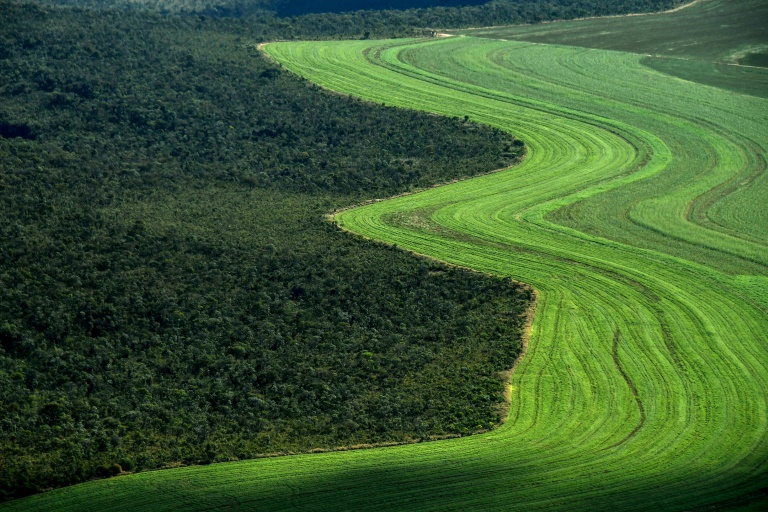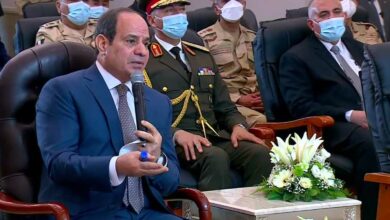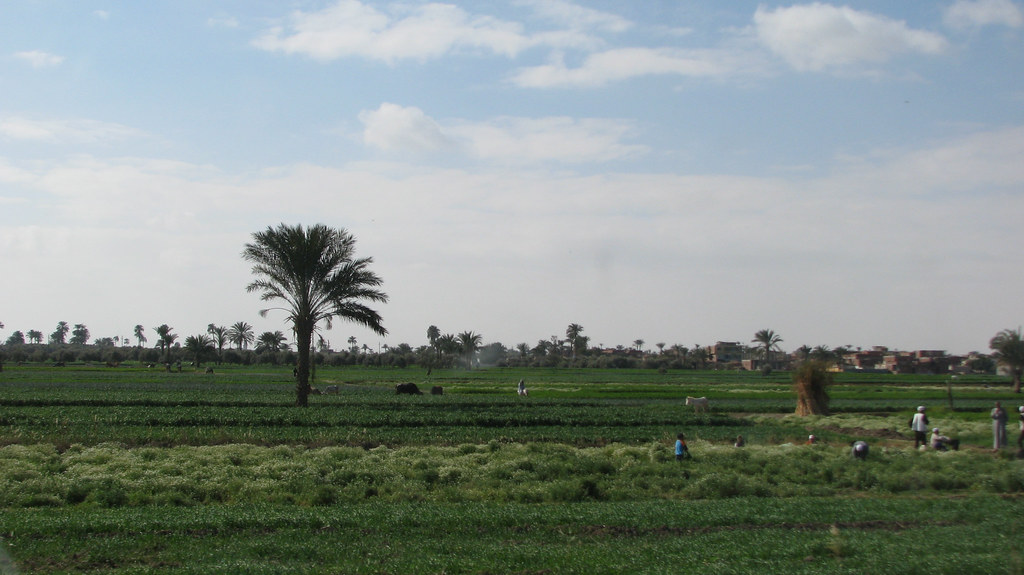Presented as the solution to Egypt’s demographic and economic issues, and the Arab World’s largest and most expensive engineering enterprise, the Toshka New Valley project has now very little to show except for evidence of ill-informed political decisions.
Toshka’s premise was simple yet grandiose: to dig a 240 kilometer canal out in the Western Desert feeding off Lake Nasser’s water. The bid was to reclaim land and relocate up to 20 percent of Egyptians to this “new valley,” thus easing the country’s serious overpopulation, unemployment, and food security problems.
The idea was nothing new: it was proposed as part of Gamal Abdel Nasser’s original plans for the High Dam in Aswan, but it was abandoned in 1964. When work started at Toshka in 1997, Hosni Mubarak was only reviving Nasser’s scheme.
Toshka was less grounded in reality than in politics, and this has played into its failure, according to Emma Deputy, a doctoral student from the University of Texas at Austin, who has been researching the Egyptian mega-project as part of her dissertation. She spoke about her research at Nahdet al-Mahroussa on Wednesday night.
A look at some technical requirements show that not everything was taken into full consideration before the first ploughs started digging, and to this day, the Water Resources and Irrigation Ministry — responsible for the project — does not make public the different studies related to Toshka it may have conducted over the years.
For one, the Western Desert’s high saline levels and the presence of underground aquifers in the area act as a major hindrance to any irrigation project. As the land is irrigated, the salt would mix with the aquifers and would reduce access to potable water.
The clay minerals found in the soil are also posing technical problems to the big wheeled structures moving around autonomously to irrigate the land. Often their wheels will get stuck in a little bowl created by wet clay that dried, and the irrigation machines would come to a standstill.
The aura of secrecy extends to the financial aspects of the project. Toshka’s total budget has been estimated from as low as US$83 million (according to numbers from the Egyptian government) to a whopping US$87 billion (according to the US State Department).
The publicly available state budget does not mention the Toshka project.
According to some figures aggregated by Deputy, less than 25 percent of the original budget has been spent already, but the results are piecemeal. The only objective met so far, she said, is the diversion of water from Lake Nasser into what little of the Sheikh Zayed Canal was built.
The canal is currently 60 kilometers short of the first of the oases through which it was supposed to run, Baris.
“It’s unfortunate, because Baris would have benefited from the canal,” said Deputy. Strict water management in most of the western oases has the water shutting down after 9 pm.
Deputy estimates that, as of 2010, Toshka has irrigated about 16,500 feddans, but she concedes that her numbers might be too high. Conflicting government figures show that about 1,000 feddans have been reclaimed in all of Egypt from 1996 to 2010.
Toshka’s original objectives were set in two phases: in the first one, the Sheikh Zayed Canal would be completed and 550,000 feddans would be reclaimed. At the end of the second phase in 2017, a total of two million feddans would have been recovered from the Western Desert.
In 2005, the government announced that it was abandoning the second phase entirely and that the deadline for the project’s completion was extended to 2022.
According to Deputy, canceling the second phase did not increase the project’s chances at becoming successful, because so many initial targets had not been met.
“(Toshka) was failing so badly in the first place that it didn’t make a difference to cancel the second phase,” she said.
Conservationist Mindy Bahaa Eddin considers Toshka an example of “disaster planning” in Egypt. She said that there is a greater need for stakeholder consultations when working out details of such large-scale projects, so that potential problems can be understood and resolved ahead of time.
For example, she said, Toshka would have caused great damage to the many ancient sites found in Kharga Oasis, in a similar way that water is currently creating problems for sites in Fayoum.




